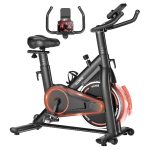fitness band fitness tracker: Powerful, Positive Guide to Wearable Health Tech That Solves Real Consistency Problems
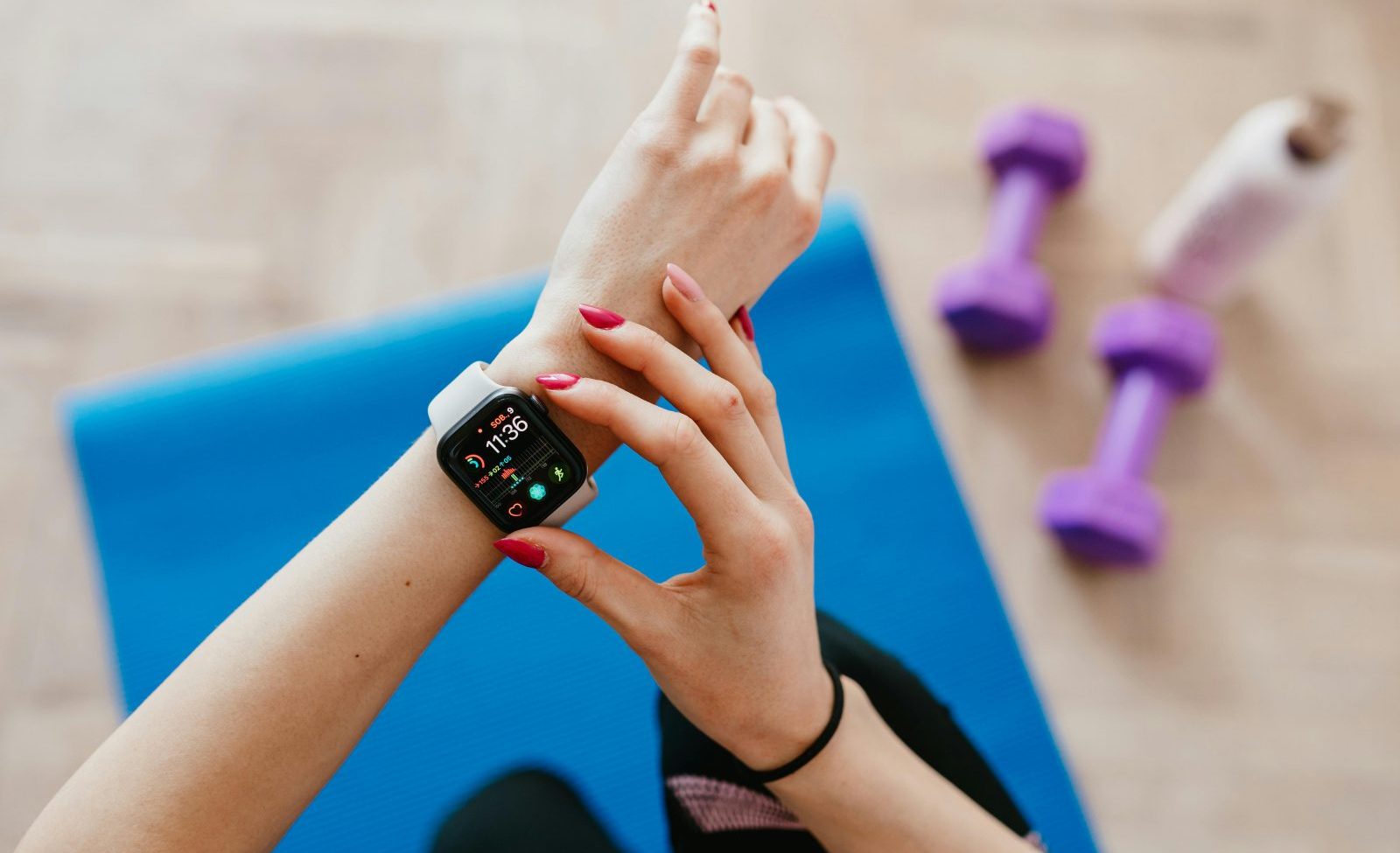
fitness band fitness tracker: Powerful, Positive Guide to Wearable Health Tech That Solves Real Consistency Problems.
Millions struggle to stay consistent with activity, sleep, and recovery because feedback is delayed, invisible, or confusing, leading to stalled progress and low motivation despite good intentions.
A modern fitness band fitness tracker closes that gap with real-time, personalized data and nudges that convert guidelines into daily action, helping transform intentions into sustainable habits.
Why wearables surge in 2025
Wearable technology ranks as the number one global fitness trend for 2025, reflecting widespread adoption of trackers, smartwatches, and sensors for activity, sleep, and stress monitoring.
U.S. retail spending on fitness trackers surged in 2025, driven by innovation and new form factors like smart rings, underscoring consumer demand for actionable health insights.
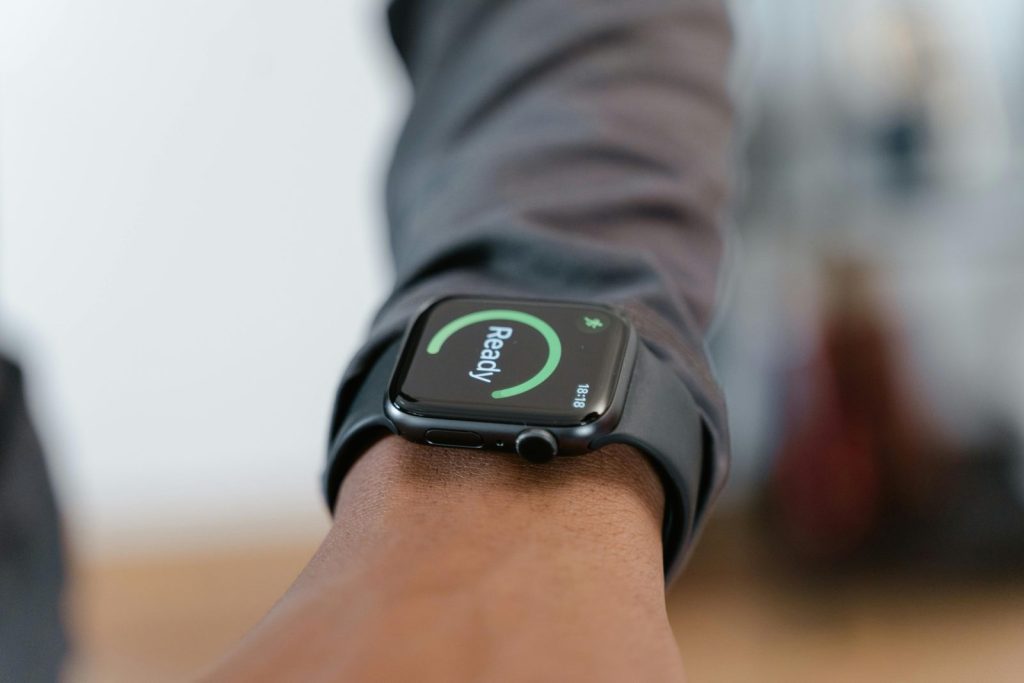
What a fitness band fitness tracker does
A fitness band fitness tracker measures steps, heart rate, Active Zone Minutes, sleep stages, and sometimes HRV, turning daily behaviors into easy-to-read trends and recommendations.
These devices integrate with coaching apps and dashboards to provide goals, reminders, and feedback loops that reinforce healthy routines over time.
Science-backed behavior change
Systematic reviews and meta-analyses show that wearable activity tracker interventions increase daily step counts and physical activity versus usual care, particularly in the short term.
Improvements in steps and activity help bridge the gap between global recommendations and day-to-day adherence without requiring complex program redesigns.
Anchor to global guidelines
The World Health Organization recommends adults achieve 150–300 minutes of moderate-intensity or 75–150 minutes of vigorous-intensity activity weekly, plus regular muscle strengthening.
A fitness band fitness tracker helps operationalize these targets by tracking intensity and duration while encouraging less sedentary time and better recovery.
Why consistency is hard
Without immediate feedback, it’s easy to overestimate activity or underestimate recovery needs, leading to plateaus, fatigue, or injury risk.
A fitness band fitness tracker gives objective, daily signals that reduce guesswork and reveal patterns that pure willpower often misses.
The metrics that matter
- Steps and intensity: Daily steps and time in moderate-to-vigorous zones are simple, high-yield levers for health and weight management.
- Heart rate: Continuous heart rate informs intensity, recovery, and trends like resting HR that correlate with fitness status.
- Sleep and HRV: Sleep duration and staging plus HRV trends reflect recovery status and resilience, guiding smarter training decisions.
Accuracy realities
Validation research shows consumer wearables are generally strong for resting heart rate and sleep timing detection but vary in caloric estimates and specific sleep stages.
Brand/device accuracy differs by metric and condition, so best practice is to track trends over time and combine metrics with subjective readiness.
Privacy and data control
A 2025 living systematic review found uneven privacy practices across wearable companies, including gaps in transparency reporting and breach notification.
Regulatory updates like the FTC’s expanded Health Breach Notification Rule now require more consumer notifications for health app breaches, even beyond HIPAA-covered entities.
Why 2025 is different
Beyond steps, a fitness band fitness tracker now integrates readiness scores, stress markers, GPS, and ecosystem apps that translate data into timely, personalized guidance.
Market momentum and innovation—including smart rings and AI-driven insights—are expanding tracking options and improving relevance to everyday decisions.
Pain point: the consistency trap
Most people know to “move more and sleep better,” but lack precise, daily cues to adjust effort, recovery, and bedtime in context.
A fitness band fitness tracker solves this by prompting micro-adjustments—like a 15-minute brisk walk after long sitting or an earlier wind-down when HRV dips—at the exact moment they matter.
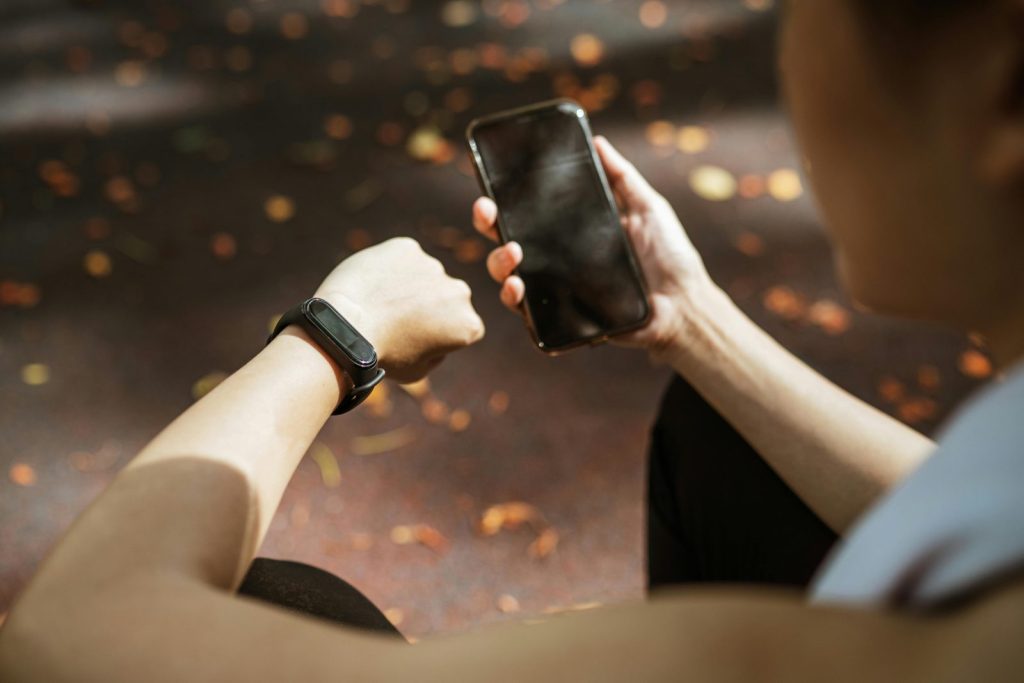
Innovative solution: micro-metrics to micro-actions
- Pair WHO targets with daily nudges: Use minutes in zone and step goals with reminders to hit the weekly 150–300 minutes.
- Use HRV and sleep cues: Downshift intensity on low-recovery days and schedule heavier lifts when readiness rebounds.
- Habit stacking: Align notifications with existing routines (coffee, commute, lunch) to insert achievable movement or breathwork.
High-search SEO topics woven in
Key phrases users actively search—best fitness tracker 2025, sleep tracking accuracy, HRV training, GPS running tracker, smart rings, WHO guidelines—are integrated throughout to strengthen topical authority.
Including market context, validation studies, and buyer’s guides helps satisfy search intent for research-backed, decision-ready content.
How to pick a fitness band fitness tracker
- Define primary goal: daily activity accountability, endurance metrics, strength recovery, sleep optimization, or weight management.
- Match features to outcomes: GPS for outdoor runs, ECG and HR alerts for cardiac awareness, HR broadcast for gym gear, robust sleep staging for recovery planning.
- Consider ecosystem: App quality, coaching features, integrations, and long-term firmware support matter as much as hardware.
Comparison: bands vs watches vs rings
| Device type | Best for | Strengths | Trade-offs |
|---|---|---|---|
| Fitness band | Everyday activity, sleep, HR, budget | Lightweight, long battery, simple UI, affordable | Smaller screens, fewer advanced sensors than premium watches |
| Smartwatch | Multisport, rich metrics, apps | Bigger display, stronger GPS, robust app ecosystems | Heavier, higher cost, shorter battery |
| Smart ring | 24/7 comfort, sleep and recovery trends | Minimal intrusion, strong sleep and readiness insights | Limited display, fewer workout controls, rising cost |
Set up for success
- Wear consistently: Same wrist, secure fit, and regular syncing reduce signal noise for HR, sleep, and steps.
- Calibrate daily goals: Use WHO guidance to set weekly minutes and then auto-adjust daily targets based on schedule and recovery.
- Review one dashboard: Limit app-hopping to avoid analysis paralysis; stick to a primary app and a weekly review ritual.
Training with a fitness band fitness tracker
Use heart-rate zones and time-in-zone to progress safely from base aerobic work toward threshold intervals, guided by weekly HR trends.
Align hard sessions with high readiness or strong sleep, and pivot to mobility or low-intensity cardio when recovery is subdued.
Sleep: the force multiplier
Most adults benefit from 7–9 hours, and trackers can help quantify when social jet lag or late training erodes quality.
Focus on earlier wind-down, cooler rooms, and consistent bed-wake windows; let trends drive gradual behavior changes rather than chasing single-night perfection.
Weight management with a fitness band fitness tracker
Track steps, time in moderate zones, and sleep to build sustainable energy balance behaviors without over-relying on device calorie estimates.
Because caloric expenditure can be error-prone, use the device to verify consistency while adjusting nutrition with verified scales and periodic measurements.
Recovery and overtraining prevention
Overtraining often hides behind plateaus and poor sleep; HRV and resting HR trends flag load mismatches before injury risk spikes.
A fitness band fitness tracker helps periodize training by translating stress and recovery into actionable micro-cycles that maintain momentum.
Older adults and special populations
Randomized evidence suggests wearables increase step counts and activity in older adults versus usual care, supporting mobility and independence goals.
Integrating tracker nudges with low-impact routines can steadily close the gap between current baselines and WHO recommendations.
Enterprise and wellness programs
Organizations leverage wearables to encourage activity challenges and wellness participation, aligning with preventive health goals.
Interest in devices expands across consumer and enterprise use-cases as AI analytics and app integrations scale personalized insights.
Product spotlight: Fitbit Charge 6 (Amazon-ready)
Fitbit Charge 6 is a premium fitness band fitness tracker featuring built-in GPS, ECG, EDA stress scan, improved heart-rate accuracy, 40+ exercise modes, and deep Google integrations.
It supports Google Maps turn-by-turn directions, Google Wallet for tap-to-pay, YouTube Music controls, and heart-rate broadcast to compatible gym equipment for real-time zone training.
Multiple publications have highlighted aggressive Amazon pricing during major events, making Charge 6 a compelling, high-value pick for first-time and returning buyers.
Why this pick solves real problems
- Closes the consistency gap: Accurate HR and robust prompts nudge progress day by day without cognitive overload.
- Moves from data to decisions: ECG, stress, and sleep insights translate into practical training and recovery choices.
- Budget-friendly performance: Frequent Amazon deals have made it one of the most accessible advanced trackers on the market.
Accuracy and best-use tips for Charge 6
Fitbit reports up to 60% improved heart-rate accuracy in vigorous exercise on Charge 6, which enhances zone training and calorie estimates relative to prior trackers.
For best results, wear the device snugly during training, enable GPS outdoors, and track trends over weeks rather than focusing on single-session anomalies.
Smart rings and the evolving stack
Smart rings exploded in 2025 revenue growth, offering minimally intrusive sleep and readiness insights that complement bands and watches.
A blended stack—ring for 24/7 comfort and sleep trends plus a fitness band fitness tracker for workouts—can deliver best-of-both precision and usability.
Privacy hygiene for wearables
Before syncing, review data-sharing settings, opt out of unnecessary data collection, and periodically export and delete old data where supported.
Rely on vendors with clear transparency reports, breach notifications, and vulnerability disclosure programs, and watch for FTC HBNR compliance updates.
Building an action plan
- Baseline week: Wear the device constantly to establish steps, resting HR, sleep, and HRV norms.
- WHO alignment: Set weekly minutes in zone targets; schedule 3–5 workouts with intent, supported by activity reminders.
- Recovery-first progression: Use sleep and HRV trends to plan heavier sessions and deloads, aiming for consistency over spikes.
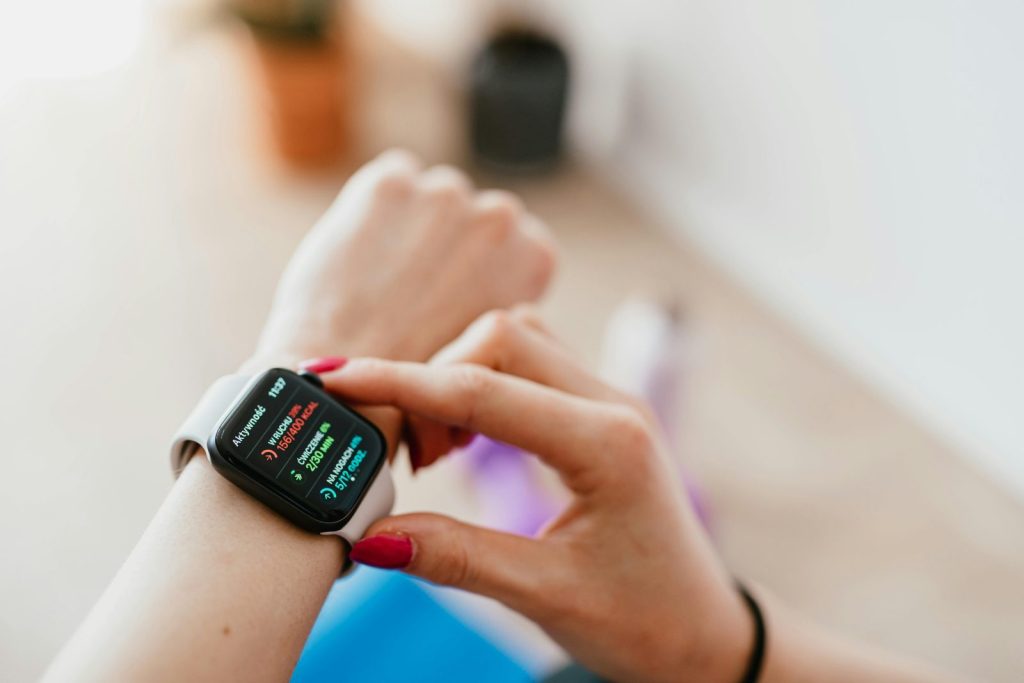
A practical day with a fitness band fitness tracker
Morning: Check sleep score and resting HR; swap planned intervals for an easy run if recovery signals are low.
Midday: Stand and walk prompts trigger a 12–15 minute brisk walk to accumulate Active Zone Minutes.
Evening: Wind down 45 minutes earlier if HRV dipped—dim lights, cool room, and pre-set Smart Wake to optimize tomorrow’s energy.
Common mistakes to avoid
Chasing calorie numbers rather than trends can mislead; device estimates vary by brand and intensity.
Neglecting sleep quality undermines training adaptations; use staging and timing trends to protect recovery windows.
When to consider a smartwatch instead
If heavy GPS use, multisport profiles, larger screens, and app ecosystems are top priorities, a full smartwatch may be the better choice.
For those prioritizing minimalism and cost, a fitness band fitness tracker remains the most practical, durable option.
Signs the device is working
Rising weekly minutes in zone, steadier sleep duration, and fewer “all-or-nothing” days indicate successful habit formation.
Stable or improving resting HR and HRV trends suggest the program is in balance with life stressors and training load.
Advanced strategies
Endurance: Periodize with long Z2 sessions and occasional tempo/threshold days, guided by recovery data.
Strength: Track sleep and HRV to time heavy compound lifts, programming deloads when recovery signals decline.
For coaches and programs
Leverage device-based challenges, readiness-informed training plans, and team dashboards to increase adherence at scale.
Use simple KPIs—minutes in zone, long-sit interruptions, and weekly sleep averages—to drive measurable improvements.
The big picture
A fitness band fitness tracker translates evidence-based guidelines into small, timely actions that sustain progress, even for busy schedules.
Combining validated metrics, privacy-aware settings, and steady habit loops creates a durable system for health, performance, and well-being.
Key takeaways
- Wearables lead 2025 fitness trends and continue to gain mainstream traction.
- Fitness tracker interventions increase activity and steps vs usual care in randomized evidence.
- WHO targets become more achievable when time-in-zone and sleep trends guide day-to-day choices.
- Accuracy varies by metric; focus on trends and validated use-cases like HR, sleep timing, and zone training.
- Prioritize privacy settings and vendor transparency while benefiting from AI-enhanced insights.
- Fitbit Charge 6 stands out as an Amazon-ready, feature-rich fitness band fitness tracker with Google integrations, ECG, and strong value.
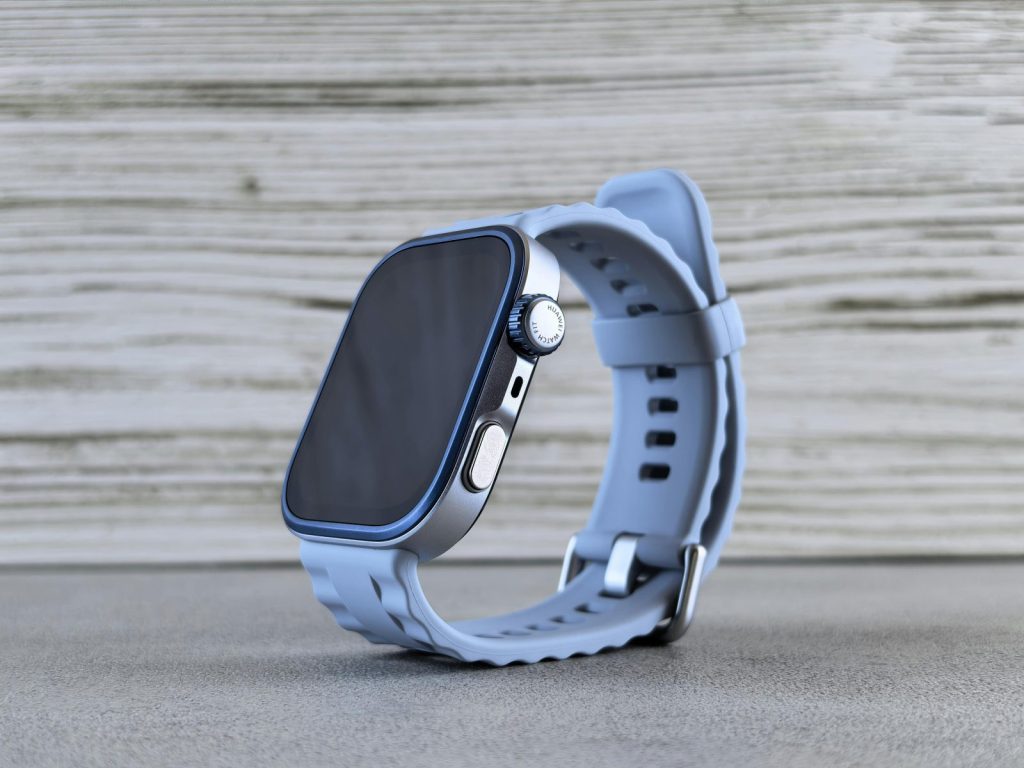
Frequently asked questions
Is a fitness band fitness tracker good for weight loss? Yes, by increasing activity adherence, reinforcing sleep, and guiding intensity, it supports sustainable behavior change that enables fat loss when paired with nutrition.
How accurate are sleep and HRV? Devices are strong at sleep/wake detection and resting metrics, with variability across brands in stage classification and energy expenditure.
What about data privacy? Practices vary widely across companies; use privacy controls, review policies, and look for compliance with breach-notification and state-level sensitive-data laws.
Should beginners choose a fitness band or smartwatch? For simplicity and value, a fitness band fitness tracker is ideal; choose a smartwatch for richer app ecosystems and advanced multisport GPS.
Final word
The fastest, kindest path to lasting results is turning guidelines into tiny daily wins, and a well-chosen fitness band fitness tracker makes those wins visible, repeatable, and motivating.
Pick one device, track trends, and let the data nudge better decisions—because small, timely actions compounded over time change everything.
